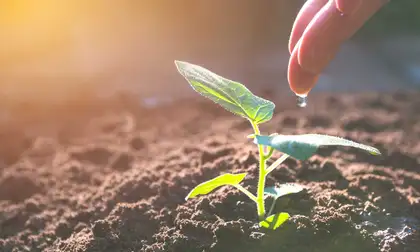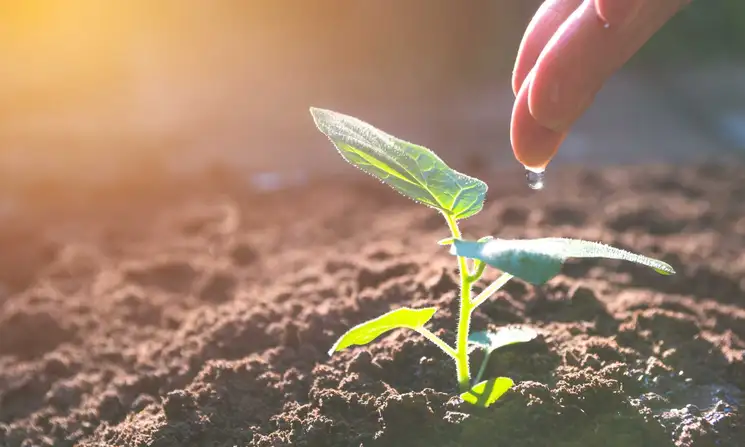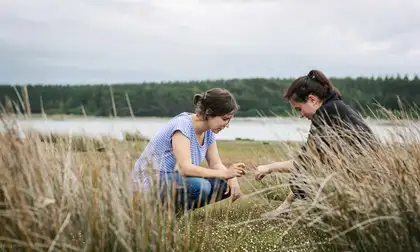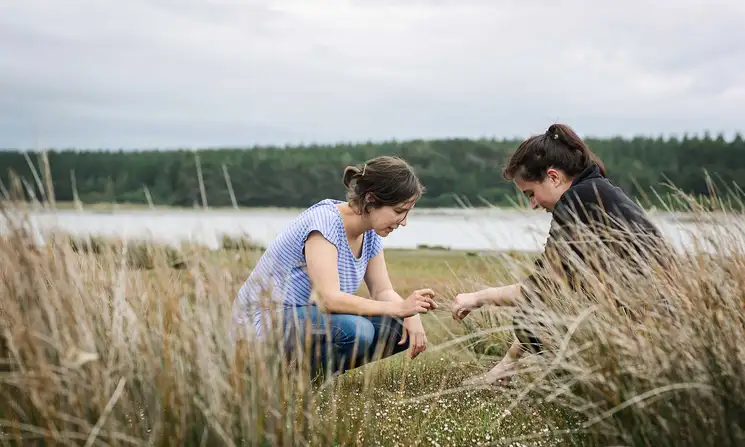When making purchasing decisions, cost, design and functionality are considerations for most people, and environmental impact is also playing an increasing role. Life cycle assessment is a technique that can be used to evaluate the environmental impacts of one product (or process, or service) against another. These impacts encompass manufacturing, transport, usage and disposal, and they extend from the time the raw materials to make the commodity are extracted from the earth to the time they are returned to it.
‘If you want to compare products for their environmental impacts or compare alternative processes or policies, then a life cycle perspective should be used,’ says Professor Sarah McLaren from Te Kura Mātauranga mō Ahuwhenua me Te Taiao School of Agriculture and Environment. Founder of the New Zealand Life Cycle Management Centre at Massey and one of the earliest researchers in the field internationally, Professor McLaren says she has had the privilege of seeing this research field grow over the past 30 years to become a basis for policy-making around the world. ‘There are people I’ve known since the mid-1990s who are still in this field and doing this work; there’s a real sense of an international community.’
Life cycle thinking is critical for a sustainable future
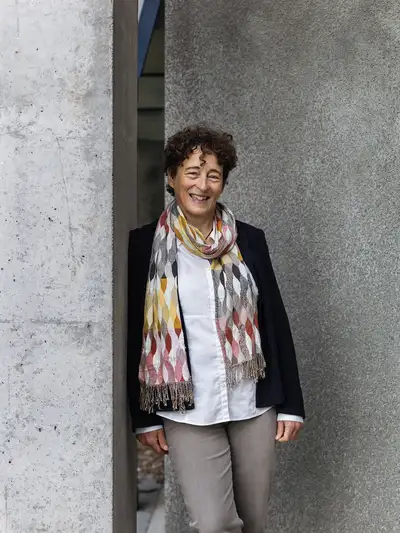
Professor Sarah McLaren, School of Agriculture and Environment
Last year, Professor McLaren was asked to lead a UN Food and Agriculture Organization (FAO) project on developing a proposed methodology for integrating both environmental and nutritional factors into the assessment of food products. ‘One product might have quite high environmental impacts but also a high nutritional value, and another could have lower environmental impacts but also a lower nutritional value. What is the basis on which to compare them?’
The project was a collaboration between 30 international life cycle assessment and nutritional experts. Professor McLaren is now developing a proposal for a future programme to support policy-making on healthy diets from sustainable food systems. ‘Of course,’ she points out, ‘in real life you also need to think about the social context and the cultural significance of different types of foods, and we want to be able to incorporate that as well. Life cycle assessment can’t give you the answers in isolation, because you have to look at it in the context of the decision-making system.’
Professor McLaren has also been working in the area of absolute sustainability. ‘When we’re doing life cycle assessment, we’re looking at the environmental impacts relative to another product or another process,’ she says. ‘Equally, however, we need to be aware of the product’s impact compared to the amount that the natural environment can actually accommodate. For example, we can say that product A is better than product B for its climate change impact. But if those emissions mean that we would still tip over the 1.5°C global warming boundary, a target that’s been set by the Intergovernmental Panel on Climate Change and adopted by countries around the world, then we shouldn’t be consuming either A or B – we should be doing something different.’
Having always been interested in the relationship of humans with the natural environment, Professor McLaren explains that this has endured throughout her research career. ‘I have a natural science background but I’m interested in the boundary between the scientific approach and decision-making, so there is a transdisciplinary focus in what I do. A lot of researchers are interested just in scientific methods, but if we can more consciously address how people navigate through decision-making processes including the use of scientific information then we have more levers to improve those processes.
‘Something David Attenborough once said really affected me. There is a famous video clip of him reclining next to a group of endangered mountain gorillas in the forest. When asked if he was worried for his safety, he replied that what is far more worrying is the thought that they might not be there in future. It’s that kind of thinking that drives and motivates me to do what I’m doing.’
Sarah McLaren
Learn more about the researcher using life cycle assessment to evaluate the environmental impacts of products.
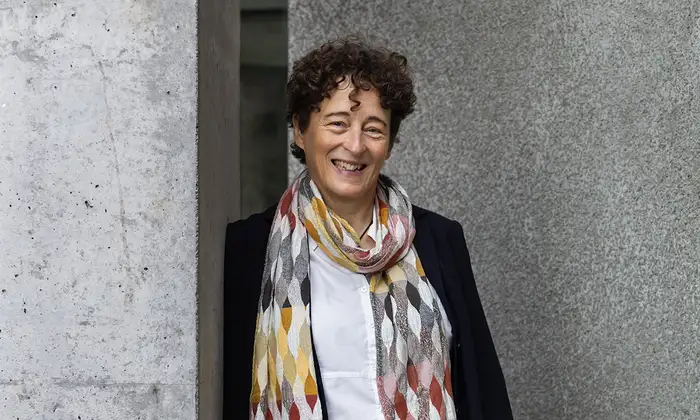
Professor Sarah McLaren
Sarah is Director of the New Zealand Life Cycle Management Centre and an Associate Professor in Life Cycle Management at Massey University. Her research focuses on development and application of Life Cycle Assessment (LCA) and related approaches such as carbon and water footprinting, particularly methods for LCA and related techniques, and the relationship between LCA and decision-making.

